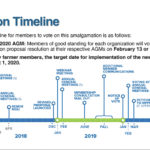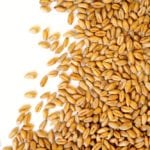There’s still no consensus among western grain farmers on how they can contribute more money to boost cereal variety development, but Fred Greig says there’s progress on the contentious issue. “I think there’s a will to move along the path and to protect our interests and protect our rights and do it right,” the Reston









